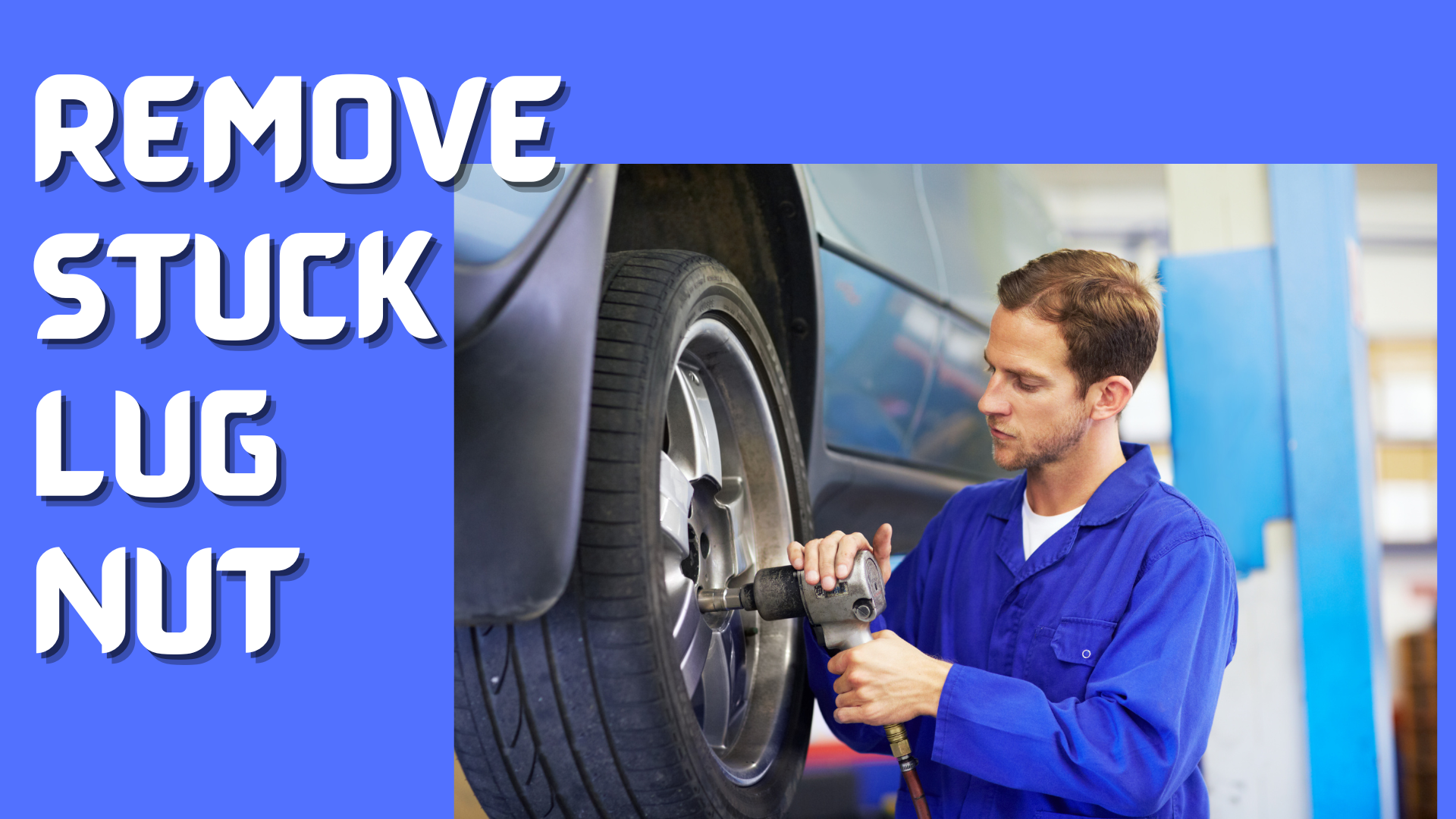Benefits of Timely Brake Repair Tips For Your Truck
Do you know the importance of timely brake repair and maintenance? Brakes are an essential part of every truck, which enables you to control your truck while on the motion. You should ensure the brakes are functional before starting your engine.
Brakes are some of the critical parts you must service when maintaining your truck. If your brakes are faulty, your life and other road users will be at risk. For this reason, it is essential to be alert and note when your brakes need a repair service. You will enjoy some of the below benefits when you perform a timely brake repair for your truck.
Gives Your Truck a Long-Life Span
The overall life span of your truck increases when you repair your brakes in time. It is the brakes that control your truck. When they are faulty, the chances that your truck will hit the road potholes and bumps are high. Other parts, such as the shocks, will be damaged when this happens. All these reduce the lifespan of your truck.
You will have Peace of Mind
If you repair your brakes in time, you will be confident and have peace of mind knowing that you and your passengers are safe. You can comfortably take full control of your truck when in motion. You will be sure of reduced braking distance since the brakes will engage as soon as you apply them.
You Will be Safe on the Road
Effective brakes prevent road accidents by enabling you to stop your truck when needed. Bad brakes cause brake fade, brake fluid leaks, and brake failure. All these problems can lead to a longer stopping distance.
An increase in the stopping distance increases the chances of your truck causing an accident.
Increases Fuel Economy
Properly functioning brakes will slow down your truck efficiently, saving you money at the fuel station.
Your truck will require a lot of pressure to stop if your brakes are old, reducing fuel economy. Brake repairs will let you get the most from your truck regarding usage and general performance.
Saves You From Costly Brake Repair
When you repair your brakes in time, you will not have to do major repairs in the future. But if you take the time to repair your brakes, the entire braking system might be damaged which will be expensive to fix. Apart from needing to fix the entire braking system, other parts such as shocks, the suspension system and the entire body of your truck might suffer. Fixing all these will be costly.
Conclusion
Usually, the braking system plays a vital role in your truck. Besides bringing your truck to a halt, braking systems are essential in controlling road accidents. The system is composed of several parts that work together. The brake pads are the ones that play a significant role in controlling the speed as well bring your truck to a halt. Their role and location expose them to a lot of friction, and the materials they are made of wear out every time.
After attaining a specific mileage, it is necessary to replace the brake pads. If you ignore replacing them, they might damage the brake rotors or even the entire braking system.



